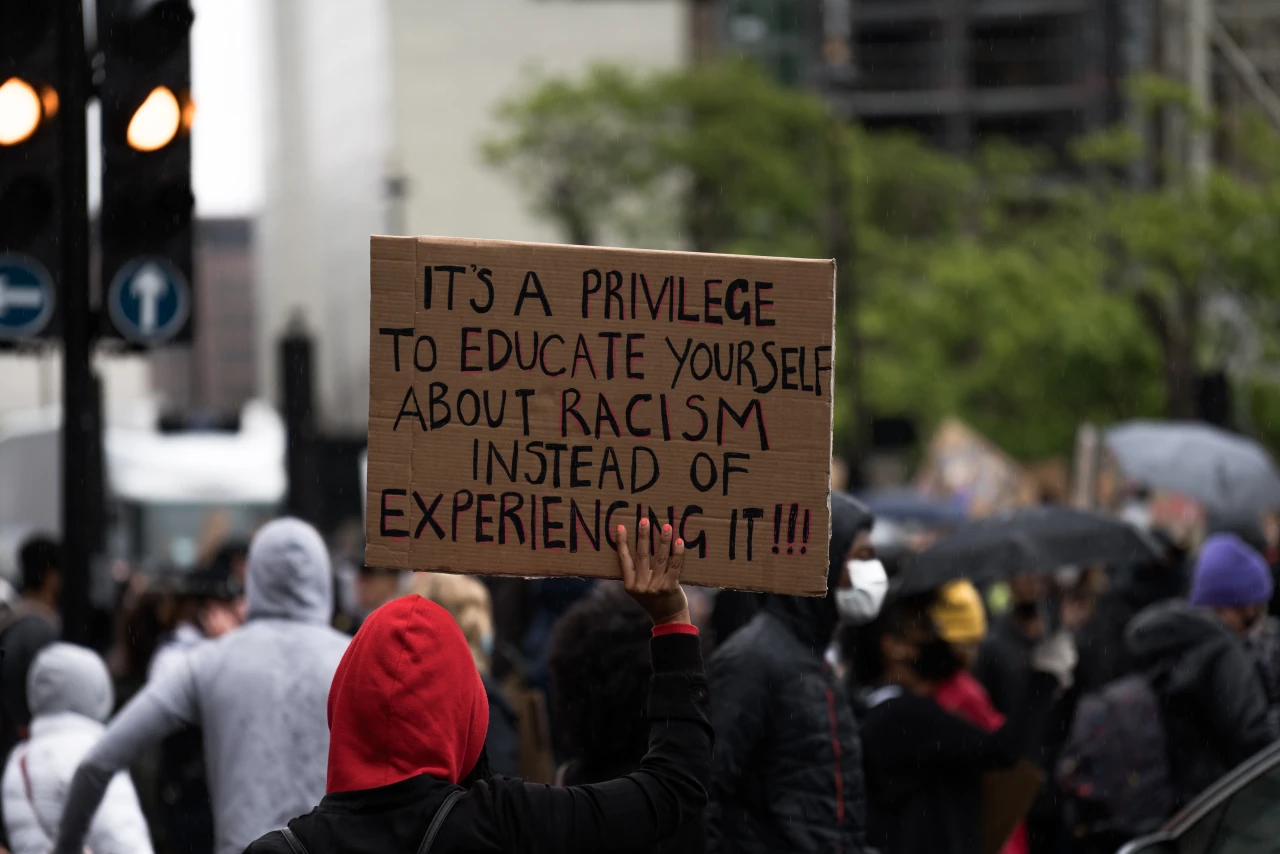Tulsa wasn't the first or last time Black people were massacred and erased from American history
There’s a resurfaced story making waves online about The Office actress Ellie Kemper’s link to one of the Veiled Prophet Organization’s debutante balls, which were dubbed Veiled Prophet Balls in the late 1800s. I get why it’s making waves. The organization excluded Black members for more than 100 years and members tended to wear garb similar to that of the Ku Klux Klan, the web magazine Slate reported. But I usually find it a bit random when it comes to which examples of racism and exclusion the general public and mainstream media choose to clutch on to. There’s a reason Black people created our own businesses, sororities, fraternities, colleges, and universities. We, at some point, were excluded from those already in existence, hence Historically Black Colleges and Universities, hence Black Wall Street, hence Memorial Day.
Sadly, even when we created our own traditions, white supremacists repeatedly acted to tear down our creations, steal them, and erase our memory.
In 1921, they burned and terrorized the wealthiest Black community in the country, dubbed Black Wall Street in Tulsa, Oklahoma. After the end of the Civil War, they worked to erase the memory of an early Memorial Day tribute on May 1, 1865 for Black soldiers of the Civil War in Charleston, South Carolina.
“Whites had largely abandoned the city, but thousands of blacks, mostly former slaves, had remained, and they conducted a series of commemorations to declare their sense of the meaning of the war,” Pulitzer Prize-winning historian David Blight wrote in The New York Times in 2011. “The largest of these events, forgotten until I had some extraordinary luck in an archive at Harvard, took place on May 1, 1865.” Blight described devastating conditions Union captives were kept in, leading to at least 257 of them dying of disease before they were “hastily burned in a mass grave behind the grandstand” of the Washington Race Course and Jockey Club.
“After the Confederate evacuation of Charleston black workmen went to the site, reburied the Union dead properly, and built a high fence around the cemetery,” Blight wrote. “They whitewashed the fence and built an archway over an entrance on which they inscribed the words, ‘Martyrs of the Race Course.’”
But when the Ladies Memorial Association of Charleston was asked to confirm the legitimacy of the Memorial Day tribute, a representative of the association wrote in correspondence Time magazine obtained: “I regret that I was unable to gather any official information in answer to this.” The U.S. Department of Veterans Affairs considers the first Memorial Day observance to be on May 5, 1868 when the Grand Army of the Republic established Decoration Day to decorate the graves of those killed at war. Congress and President Lyndon Johnson declared in 1966 that Waterloo, New York, is the “birthplace” of Memorial Day.
Tear down, steal, and erase: It was the American way. President Joe Biden said in commemoration of the 100th anniversary of the Tulsa Race Massacre on Tuesday that “for much too long, the history of what took place here was told in silence.”
“While darkness can hide much, it erases nothing” he added.
YouTube Video
Viola Fletcher, a 107-year-old survivor of the Tulsa massacre, testified before Congress that she was awakened in the night with her five siblings and parents there. “I was told we had to leave and that was it,” she said. “I will never forget the violence of the white mob when we left our home. I still see Black men seeing being shot, Black bodies lying in the street. I still smell smoke and see fire. I still see Black businesses being burned.
“I still hear airplanes flying overhead. I hear the screams. I have lived through the massacre everyday. Our country may forget this history, but I cannot.”
The massacre in Tulsa is one of 25 featured on a map of massacres of Black people, from the draft riots of 1863 in New York City to the mass shooting in 2015 in Charleston, South Carolina. Nine Black people were murdered during bible study at the Emanuel African Methodist Episcopal Church in Charleston on June 17. In the draft riots, the Irish mob and supporters in the fight against abolitionists terrorized New York City for five days and targeted mostly Black and wealthy communities, according to the City University of New York. An estimated 119 people were killed in the riots, and the fear they invoked drove many Black Manhattan residents uptown to an area now considered Harlem, the university reported.
The NAACP Legal Defense and Educational Fund tweeted on Tuesday that the economic cost of property loss in the Tulsa massacre alone has been estimated at more than $600 million. “Nearly 100 additional massacres of this type occurred over decades, costing millions more in lost generational wealth for Black Americans,” the nonprofit said, linking to an interview of Duke University professor William Darity.
He told PBS he believes the wealth gap between Black and white Americans “best captures the cumulative intergenerational effects of all of these atrocities.” “Another way to think about this is, Black Americans who have ancestors who were enslaved in the United States constitute about 12 percent of the nation’s population, but possess less than 2 percent of the nation’s wealth,” Darity said. “So, if we were going to close that gap, it would require us to make a national expenditure in excess of $11 trillion.”
RELATED: If you watch one thing today, make sure it’s these testimonies from Tulsa massacre survivors
RELATED: The 1921 burning of Black Wall Street is finally being called what it was: A massacre
RELATED: Harris will lead efforts to pass voting rights legislation, Biden announces in Tulsa

